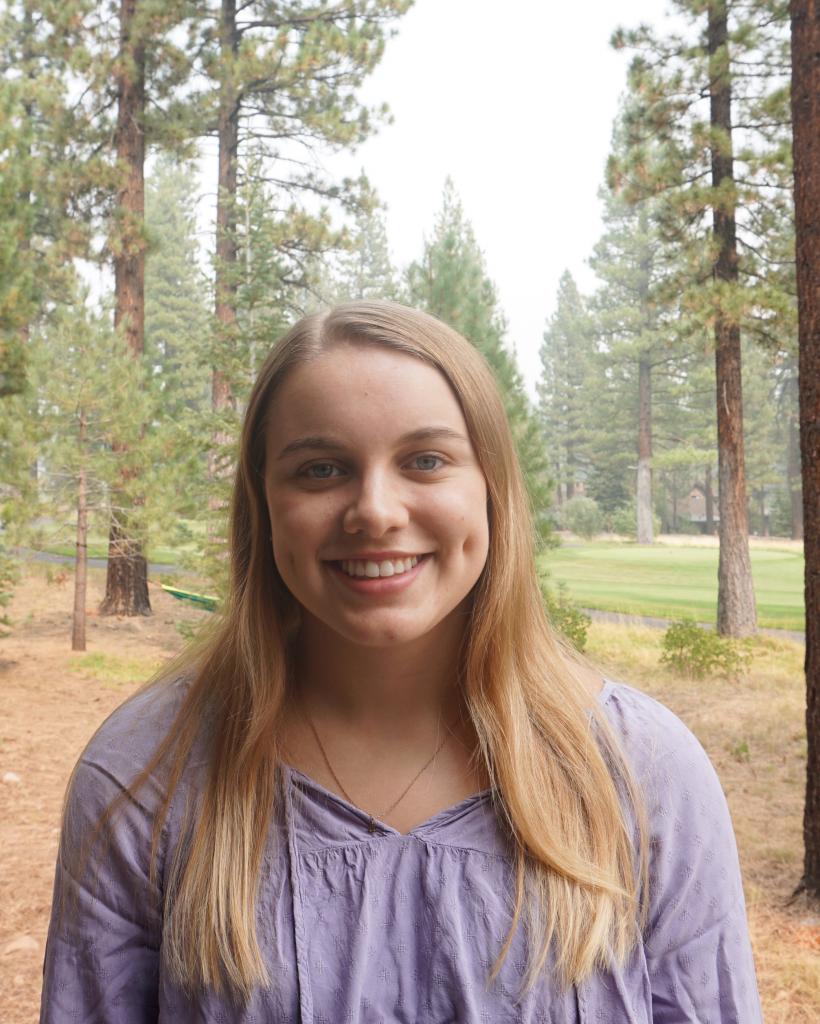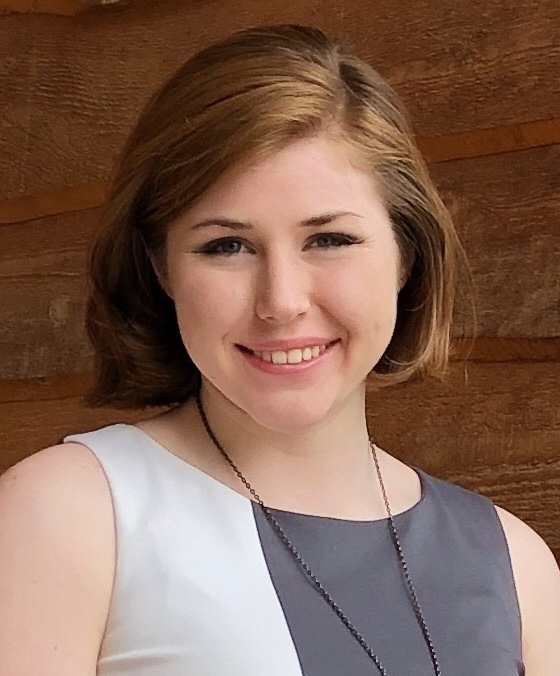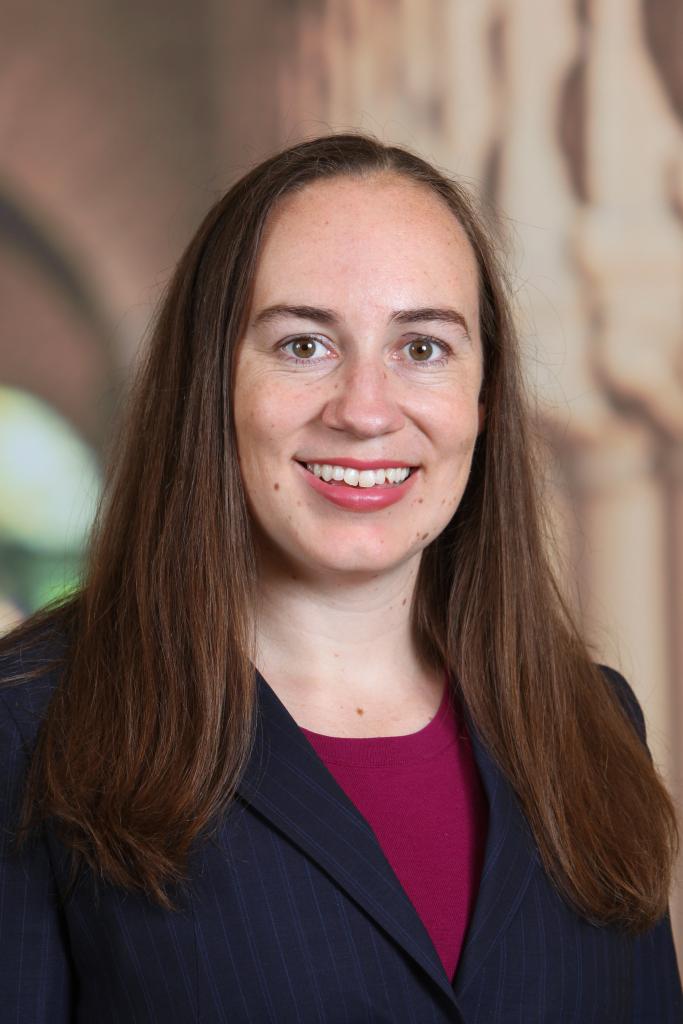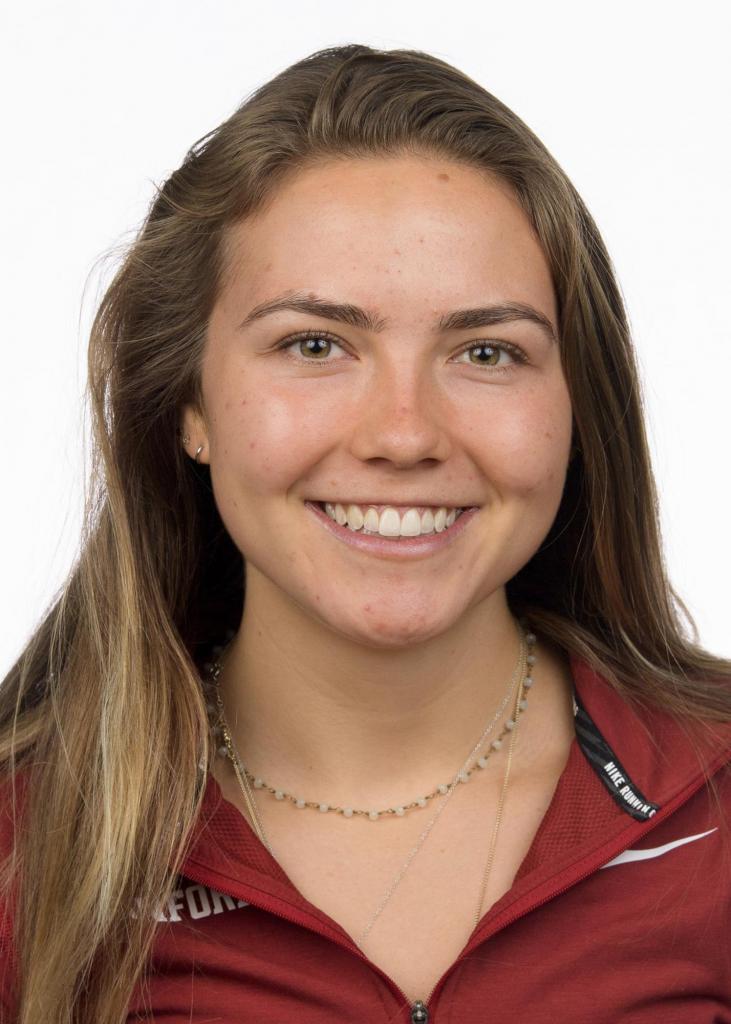Rehearsal for November: An Analysis of 17 August State Elections
In states with primary and runoff elections in August, the process went more smoothly than in earlier primary elections.

Published by The Lawfare Institute
in Cooperation With

Lawfare is partnering with the Stanford-MIT Healthy Elections Project to produce a series on election integrity in the midst of the coronavirus crisis. The Healthy Elections Project aims to assist election officials and the public as the nation confronts the challenges that the coronavirus pandemic poses for election administration. Through student-driven research, tool development, and direct services to jurisdictions, the project focuses on confronting the logistical challenges faced by states as they make rapid transitions to mail balloting and the creation of safe polling places. Read other installments in the series here.
As states grappled with the unique circumstances posed by the coronavirus in the early days of the pandemic, many struggled to administer primary elections through the spring and early summer. In 17 states with primary and runoff elections in August, however, the process went more smoothly. Election administrators across these states worked hard to pandemic-proof their voting regimens, often by expanding access to absentee balloting and revamping in-person voting to accommodate public health guidance. These preparations proved essential, as the August elections saw higher voter participation compared to past state primaries and runoffs, with a record number of voters relying on absentee balloting and early voting options. Despite record numbers at the polls, these elections saw only a fraction of the statewide turnout expected in November. Accordingly, the August primaries are not a perfect preview of the general election, where greater turnout will test voting infrastructure much more aggressively. But the August state competitions can provide important lessons for administering the general election, though much may change between now and November.
Our full report on the August elections can be found here. For reference, the 17 states with August elections are:
| State | Election Type | Date |
| Arizona | State Primary | Aug. 4 |
| Kansas | State Primary | Aug. 4 |
| Michigan | State Primary | Aug. 4 |
| Missouri | State Primary | Aug. 4 |
| Washington | State Primary | Aug. 4 |
| Tennessee | State Primary |
Aug. 6 |
| Hawaii | State Primary | Aug. 8 |
| Connecticut | Aug. 11 | |
| Georgia | State Runoff | Aug. 11 |
| Minnesota | State Primary | Aug. 11 |
| South Dakota | State Runoff | Aug. 11 |
| Vermont | State Primary | Aug. 11 |
| Wisconsin | State Primary | Aug. 11 |
| Alaska | State Primary | Aug. 18 |
| Florida | State Primary | Aug. 18 |
| Wyoming | State Primary | Aug. 18 |
| Oklahoma | State Runoff | Aug. 25 |
Voting by Mail
The in-person voting risks during the coronavirus pandemic spurred many states to increase mail voting options in the August primaries. Indeed, August saw a “tidal wave” of absentee ballots. Most states had to meaningfully scale their absentee voting infrastructure and adopt new policies. For many, careful election preparation laid the groundwork for August elections that largely ran smoothly and preserved access despite the pandemic. The most significant positive interventions included expanding eligibility for absentee voting, automatically sending absentee ballot request forms to all registered voters, waiving burdensome ballot verification requirements and expanding drop-off options for mail ballots. Despite these efforts, election administrations and voters understandably still faced some challenges, especially regarding delayed and rejected ballots.
A few August primary states pared back restrictive criteria that limited absentee voting to those with an excuse. Previously, Connecticut allowed absentee voting only for people physically unable to vote in person on Election Day and for those with religious objections. However, following an executive order, Connecticut permitted no-excuse absentee voting in the primary and saw a 10-fold increase in absentee ballot requests. The Connecticut legislature later passed a law allowing no-excuse absentee voting for the general election as well.
Missouri made a similar change that elevated absentee turnout, passing a bill enabling all voters to vote by mail for the August and November elections and exempting at-risk registered voters from the state’s ballot notarization requirement. In Tennessee, a state court ruled in June that coronavirus fears were a valid reason to vote absentee in the August primary, but the state’s Supreme Court ruled in August that this exception would not be available for the general election.
Often, eligible absentee voters must proactively request a ballot. However, several August primary states automatically sent out ballot request forms. South Dakota, Michigan, Connecticut and Vermont automatically mailed absentee ballot applications to registered voters. Individual counties in Arizona and Kansas also took this step.
In other August primary states, pending litigation may affect November policies. Alaska automatically mailed request forms to all voters over age 65. In July, nonprofits sued in Alaska state court, arguing that this policy discriminated against younger voters and requesting universal mailings. The case was not resolved before the August primary. In a Florida suit, plaintiffs have argued that mail-in ballots should automatically be sent to all eligible voters.
A few August primary states reduced or eliminated notarization or witness requirements. In mid-June, Minnesota Secretary of State Steve Simon agreed to waive the witness requirement for the Aug. 11 state primary election and general election in a partial legal settlement. Missouri exempted populations vulnerable to the coronavirus from the law requiring absentee ballots to be notarized, and an executive order allows voters to satisfy the notary requirement through electronic technologies. Missouri currently distinguishes between absentee voting (for voters physically not able to vote in person and those at high risk of contracting COVID-19, the respiratory disease caused by the novel coronavirus) and mail-in voting (for voters who would generally like to avoid the risks of in-person voting). Notary fees for mail-in (as opposed to absentee) ballots were not waived, though litigation is pending, and the state website posted links to notaries volunteering to provide free ballot services.
Some August primary states offered alternatives to postal delivery for absentee ballots. Though neither state had used ballot drop boxes previously, Connecticut and Georgia each installed around 200 drop boxes this year, and Hawaii added a handful of boxes for its first all-mail election (though some lawmakers worried there were too few boxes in rural areas). Election officials in Michigan, Wisconsin and Arizona increased the number of existing drop boxes.
Many voters also had the option of dropping off their ballots with election officials at in-person voting locations. In Wisconsin, many voters hand delivered their absentee ballots at early voting locations. Minnesota election officials piloted a “drive-thru” dropbox model, eliminating the need for voters to get out of their cars. Some August primary voters in Washington, Hawaii and Maricopa County, Arizona, also dropped off ballots at voting centers, which typically serve an entire county and offer ballot drop-off and in-person voting.
Election administrators in several locales took steps to speed ballot processing, such as adding staff or allowing ballot processing to begin ahead of time. For instance, officials in Madison, Wisconsin, established a rapid response team of poll workers to process absentee ballots, and Alaska similarly retained additional staff to assist with counting seven times as many absentee ballots as are typically sent out. In Rochester Hills, Michigan, the city clerk tripled the size of the absentee ballot counting board, which successfully counted 30,000 ballots and tabulated results by 11 p.m. on Election Day; these operations will nevertheless need to be scaled to accommodate another 130,000 ballots for November.
Some jurisdictions permitted ballot processing to begin ahead of Election Day. In Bulloch County, Georgia, officials started processing absentee ballots a week before the election. Missouri began counting five days before the election, and Arizona began two weeks ahead of Election Day. Minnesota counties were likewise given an additional week—two weeks in total—to open and process absentee ballots.
Notably, staff and time may not be the only constraints on prompt reporting. Ballot processing machines can also be a limiting factor. In Milwaukee, Wisconsin, machine malfunctions caused delays on election night; officials hope to procure more machines before November.
Ongoing Vote-by-Mail Challenges
Not all states liberalized their absentee ballot rules for the August primaries, however, and in many cases this generated challenges. Notary requirements remain in certain states. South Dakota required voters either to have their absentee ballots notarized or to include a photocopy of their ID. Similarly, voters in Missouri who did not qualify for the COVID-19 notarization exception were required to have their ballot return envelope notarized, though remote notarization was permitted. Oklahoma reinstated a burdensome notarization requirement through legislation that had days before been struck down by the state’s Supreme Court, though voters are allowed to provide a copy of their ID in lieu of notarization as long as an emergency declaration is in place.
In some states, mailed ballots must be signed by a witness in addition to the voter. Alaskans faced a surprise in the ballot witness requirement; U.S. Postal Service (USPS) employees could no longer serve as absentee ballot witnesses while on duty. Because the director of Alaska’s Division of Elections was apparently not aware of the change before Election Day, no policies were put in place to modify the witness requirement ahead of the August election. Though the policy change is national, Alaskans who are more isolated in rural regions may be particularly affected.
In many August primary and runoff states, voters who signed up to vote absentee never received a ballot, while others’ ballots arrived late. Voters in Missouri and Detroit had to wait up to weeks for their ballots to arrive. By Wisconsin’s primary day, 9,600 voters had not received their requested ballots, despite officials in Milwaukee cutting out third-party delivery service and introducing intelligent tracking barcodes to flag delays. An administrative error in Connecticut led to 20,000 ballots being mailed late or not at all, prompting executive action guaranteeing that the state would count ballots postmarked by Election Day and received within two days of the August primary. In Georgia’s most populous county, Fulton, some voters reported never receiving their ballots.
A few August election states, such as Alaska and Minnesota, accepted voters’ ballots if they were postmarked by the close of polls and received within a certain timeframe. However, many August primary elections have less forgiving deadlines, requiring postmark and receipt by Election Day.
Election officials in Duval County, Florida, reported that at least 487 mail-in ballots arrived after the statewide deadline of 7 p.m. and were not counted in the August primary. In Michigan, nearly 6,500 ballots were thrown out because officials received them after Election Day. Activist groups sued, but the state’s Supreme Court declined to hear the case after an appellate court denied the plaintiffs’ request. Unless the state’s Supreme Court accepts the request to reconsider, or—as the secretary of state is urging—the legislature passes a house bill amending the law—ballots in the general election must be received by Election Day. The USPS has specifically warned that Michigan voters risk disenfranchisement due to the ballot request and return deadlines.
In addition to delays, Michigan officials tossed more than 1,100 ballots because of missing signatures. In general, signature errors are a significant cause of ballot rejection. Approximately 70 percent of the 23,000 votes rejected in the Wisconsin presidential primary were scrapped due to signature issues. Interestingly, signature rejections did not figure prominently in other August primary states, possibly because of effective cure policies. In Florida, supervisors of elections are required to notify voters of signature errors and give an opportunity to cure errors by 5 p.m. the second day after the election. Nonetheless, signature mismatch and cure policies may factor into November, depending on the outcome of litigation in Arizona and the implementation of a recent settlement agreement in Georgia.
In-Person Voting
States saw a decline in in-person voting, as voters chose to vote by mail in many of the August primaries, but nevertheless made adjustments to ensure safe in-person voting facilities. Some issues remained, however, including voter confusion and poll worker shortages, which may be exacerbated in November by an increase in voters.
Several states that experienced voting delays during the presidential primaries provided more in-person voting options for the August elections. Wisconsin’s biggest cities, such as Milwaukee, Madison and Green Bay, significantly increased polling places for the August primary after lines and delays in April. In Georgia’s Fulton County, officials added 10 polling sites in response to delays.
Officials also used larger facilities to better accommodate socially distanced voting. Fulton County, Georgia, partnered with the Atlanta Hawks to transform the basketball team’s arena into the state’s largest-ever polling place for early voting starting on July 10. Maricopa County, Arizona, used shopping malls and convention centers as voting centers, and the governor signed an executive order freeing up state buildings for use as polling places. Similarly, in Vermont, Barre City repurposed a municipal ice hockey practice arena as a polling station.
Several states successfully adopted new models of in-person voting. Maricopa County, Arizona, adopted a voting center model, which reportedly contributed to a smaller number of provisional ballots (down to 1,300 from 120,000 in 2012), shorter lines and more socially distanced in-person voting. The county also leased the voting centers itself to have greater control over facility operations. Several other jurisdictions—such as Detroit, Michigan, Huntington, Vermont, and Callaway County, Missouri.—adopted “curbside” or “drive-thru” models where voters could cast ballots entirely from their cars.
While a few counties reported difficulty acquiring personal protective equipment (PPE), across the board, states invested in sanitation precautions to keep voters safe from the coronavirus—often with funding from the federal CARES Act. Voters in Tennessee and in Duluth and Superior counties in Minnesota reported that sanitation protocols were strictly adhered to. Counties in Minnesota, Wyoming and Florida used plexiglass at check-in stations as a safety precaution. Voters reported spaced-out machines in Tennessee, Florida and Oklahoma. Election officials also provided items like coffee stir sticks and “souvenir” styluses so that voters could avoid touching shared surfaces, while others encouraged voters ahead of time to bring their own pens. Michigan and Florida voters reported that PPE was provided, and one poll worker from Miami noted that every voter entered the polling center with a mask and complied with social distancing instructions.
States had different requirements concerning masks. All election officials were required to wear masks in Tennessee, and voters were encouraged to wear them. The same was true in Michigan. Both election officials and voters in Minnesota were required to wear masks, as was true in most of central Florida. In Kansas, voters were not required to wear masks, but masks were available at polls.
Several states worked hard to combat poll worker shortages, creating innovative policies and partnerships. Tennessee launched a campaign in June, and by mid-July had recruited nearly 3,000 workers. The governor of Arizona issued an executive order allowing state employees to take civic leave on Election Day to serve as poll workers, and Maricopa County trained extra poll workers to serve as no-show substitutes. Some jurisdictions in Alaska and Wisconsin offered higher pay rates to attract poll workers. Michigan partnered with the Detroit Pistons basketball team to support voter awareness and engagement campaigns; the team encouraged its employees to work the polls in the August and November elections. Meanwhile, the Wisconsin National Guard sent nearly 700 members to 40 counties to deliver PPE, set up voting locations and perform poll worker duties at understaffed locations.
Ongoing In-Person Voting Challenges
States also faced challenges in administering in-person voting, which will need to be addressed for Election Day to be as safe and secure as possible.
Poll worker shortages were by far the biggest in-person voting administration challenge. In Detroit, some polling places opened late because of poll worker no-shows—which election officials attributed to coronavirus safety concerns. Michigan Secretary of State Jocelyn Benson sent 50 extra volunteers to Detroit and 30 to Flint at the last minute, preventing major issues. In other Michigan counties, polling places opened with the bare minimum number of poll workers needed to maintain the location. Missouri similarly reported a large number of no-shows in the St. Louis and Kansas City areas, though the state was able to dispatch alternate poll workers.
Retention of poll workers was low in certain Minnesota and Florida counties because older poll workers were concerned about the coronavirus. In Mohave County, Arizona, officials had to staff 37 polling locations with “skeleton crews” of around 60 percent the usual number of workers. Wisconsin was still 900 poll workers short a week before the election and activated the state’s National Guard to fill the gap. The state also had to replace four chief inspectors and three election inspectors after each had direct contact with someone testing positive for the coronavirus.
In some instances, poll worker shortages led to closed polling places. The director of elections in Alaska announced on the eve of the election that six polling locations would not open because of inadequate staffing, forcing residents to vote at different locations or absentee at the last minute. In Kansas, a lack of poll workers caused closures that forced some voters to travel further to vote.
Last-minute changes led to voter confusion in several states. Officials in Detroit had to find 20 new polling locations on short notice because of summer classes in certain public schools. Voters were sent memos about polling place changes, but several reported confusion while others reported that they had not received any notice. In Jacksonville, Florida, at least one voting precinct was changed at the last minute, causing confusion among voters, though two poll workers were stationed outside the old precinct location to redirect voters.
Some Arizona voters also reported having trouble finding their voting locations. Maricopa County swapped nearly 500 precincts for 99 voting centers serving all county residents, and some centers were not properly marked. In Amado, voters’ longtime polling site moved 25 miles away without advanced notice and may have affected turnout: The county recorded 576 registered voters in the affected precinct as of Aug. 3, but only 15 in-person ballots were cast on Aug. 4.
Some jurisdictions reported technical problems administering in-person voting, but most delays did not prevent people from voting. Arizona had online registration issues for in-person voting, with the portal allowing 2,100 individuals to register without uploading a copy of their ID. The system flagged these applicants as having insufficient documentation, but some voters said they weren’t notified. Ultimately, those affected were permitted to vote if they met certain criteria.
In St. Louis County, Missouri, the electronic poll books used to check in voters did not sync with the overall voter system for at least the first hour of voting, making it difficult for officials to print out ballots in at least 12 percent of precincts. Polling machine errors in other counties like Bibb County, Georgia, also led to delays. In Palm Beach, Florida, voting machines failed to transmit tallies in some places, leading to hours-long delays in vote counts. Finally, new voting machines in Laramie County, Wyoming, may have misled voters into believing their votes had been processed electronically. Some voters thus walked away with the paper ballots and never turned them in.
In Arizona, some Native American voters on reservations faced unique in-person voting barriers. For example, leaders of the Havasupai Tribe held shorter voting hours to limit coronavirus transmission. The Pascua Yaqui Tribe in southern Arizona hasn’t had an early voting site since 2018, when the site was eliminated without consultation with tribal leadership; the community has lobbied at least five times for its early voting location to be reopened, to no avail, and tribal members had to travel up to two hours round trip off the reservation in order to cast an early vote in August. Restricted in-person voting options may have uniquely harmed Native communities, as some reports indicate that Native Americans have been more reluctant to utilize mail-in ballots due to cultural, historical, socioeconomic and language barriers.
To combat some of these challenges, the president of the Navajo Nation issued an executive order exempting tribe members from curfews and stay-at-home orders for the purpose of voting. Navajo tribal leaders were forced to creatively offer new voting venues because of closed government buildings, setting up outdoor voting tents with mobile hand-washing facilities.
Preparations for November’s General Election
Although much may change between now and November, the August elections provide important lessons for the general election. Based on our analysis, certain policies and procedures proved particularly effective in running safe, inclusive elections.
To ensure successful absentee voting, election administrators did benefit (or could have benefited) from:
- Educating voters about absentee ballot eligibility, signature requirements, cure policies, notary/witness requirements, deadlines, drop-off options and expected delays.
- Clarifying that fear of contracting COVID-19 qualifies as an excuse for absentee voting.
- Mailing absentee ballot applications to all registered voters.
- Extending deadlines for receipt of absentee ballots postmarked by Election Day.
- Installing drop boxes to allow voters maximum control over their mail ballots.
- Hiring additional personnel to assist with absentee ballot processing and tabulating.
- Allowing ballot processing and tabulation to begin ahead of the election to minimize delays in results.
To ensure successful in-person voting, election administrators did benefit (or could have benefited) from:
- Disseminating information on in-person voting locations and changes.
- Investing heavily in poll worker recruitment.
- Securing more polling stations and larger venues to ensure social distancing.
- Offering innovative models for in-person voting, such as voting centers, drive-thru options and curbside options.
- Providing adequate PPE and sanitation materials, and laying out voting locations to accommodate social distancing.
- Making special arrangements for certain populations—such as hard-hit Native American communities—to maintain access to in-person and absentee voting options.











